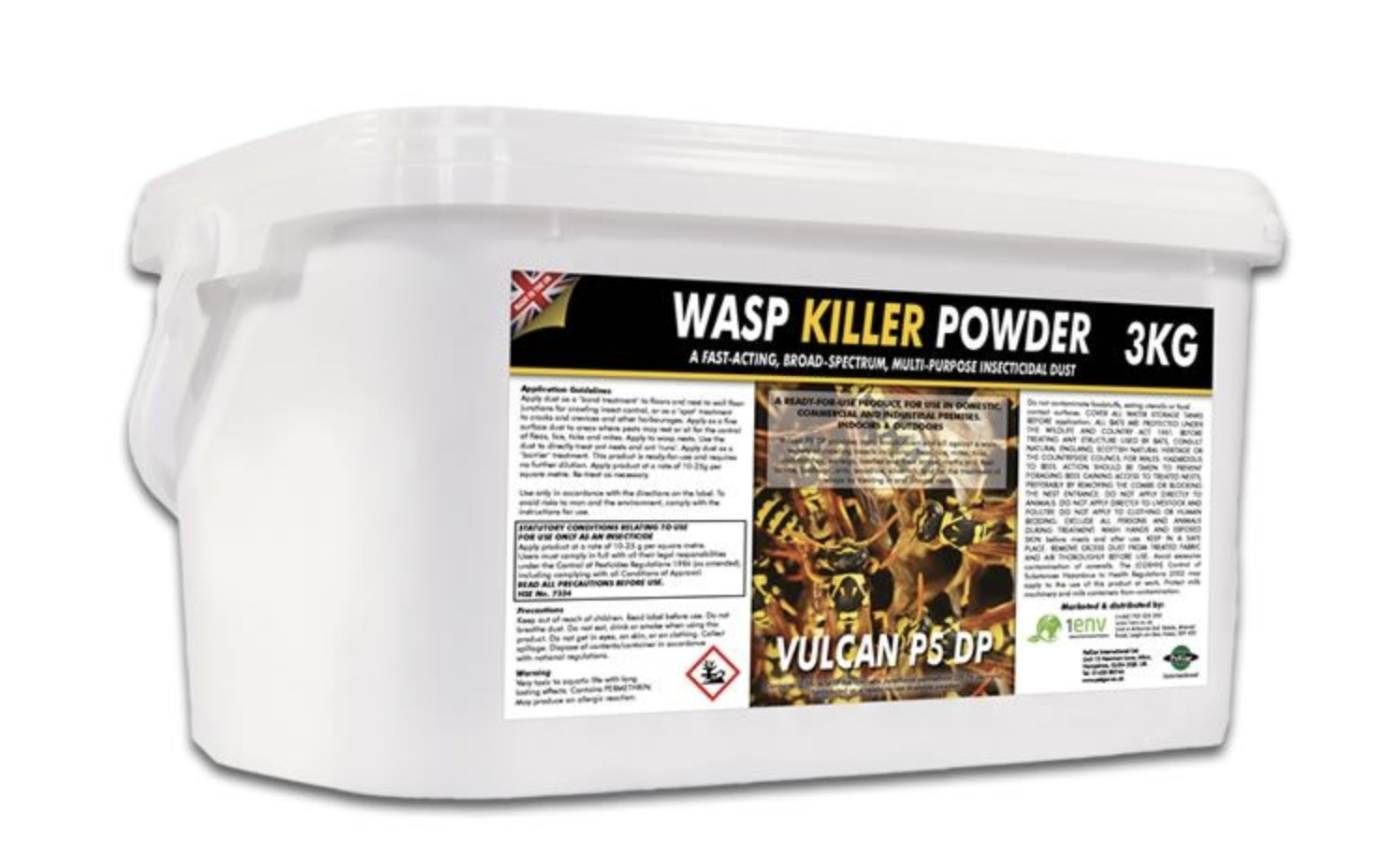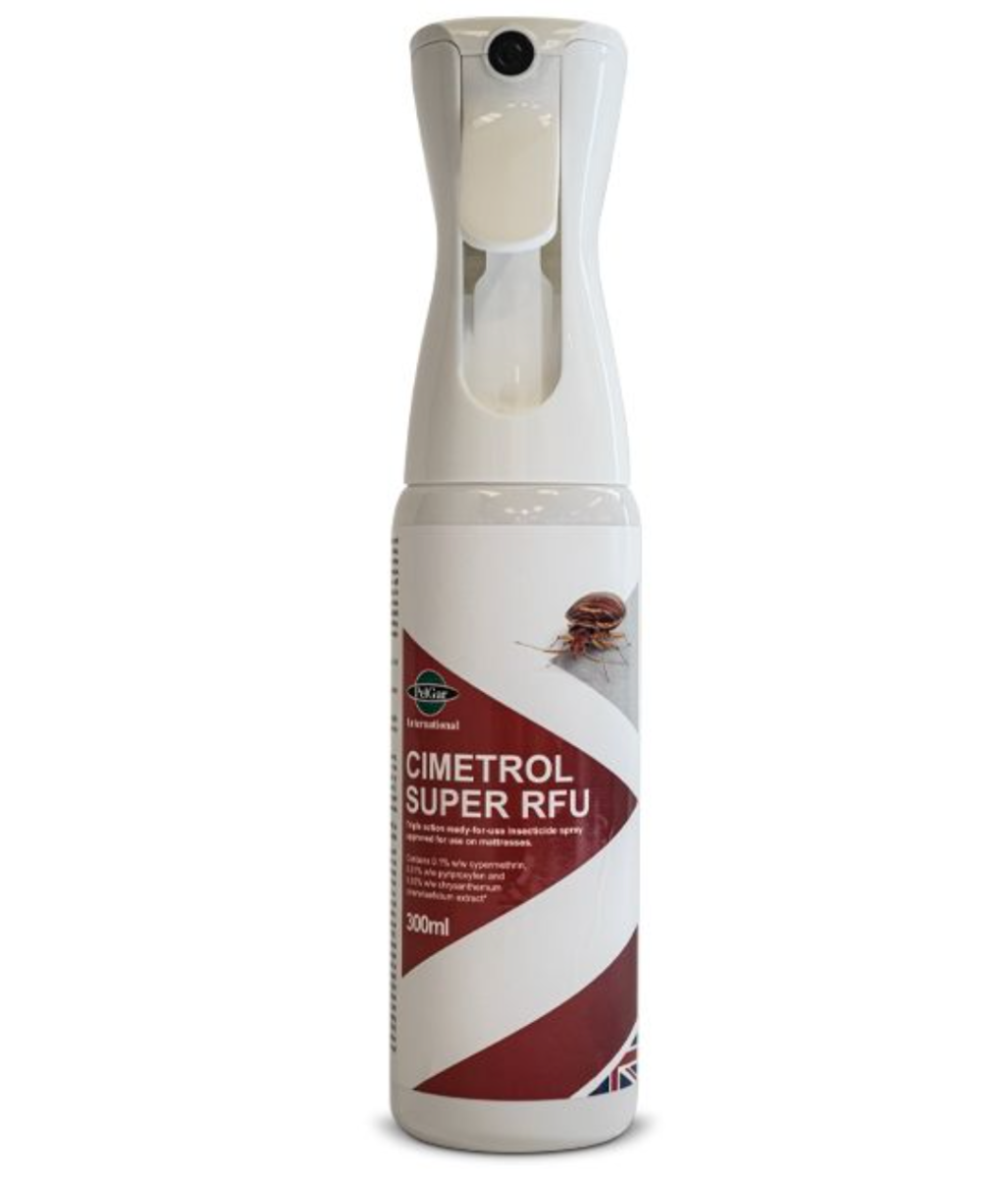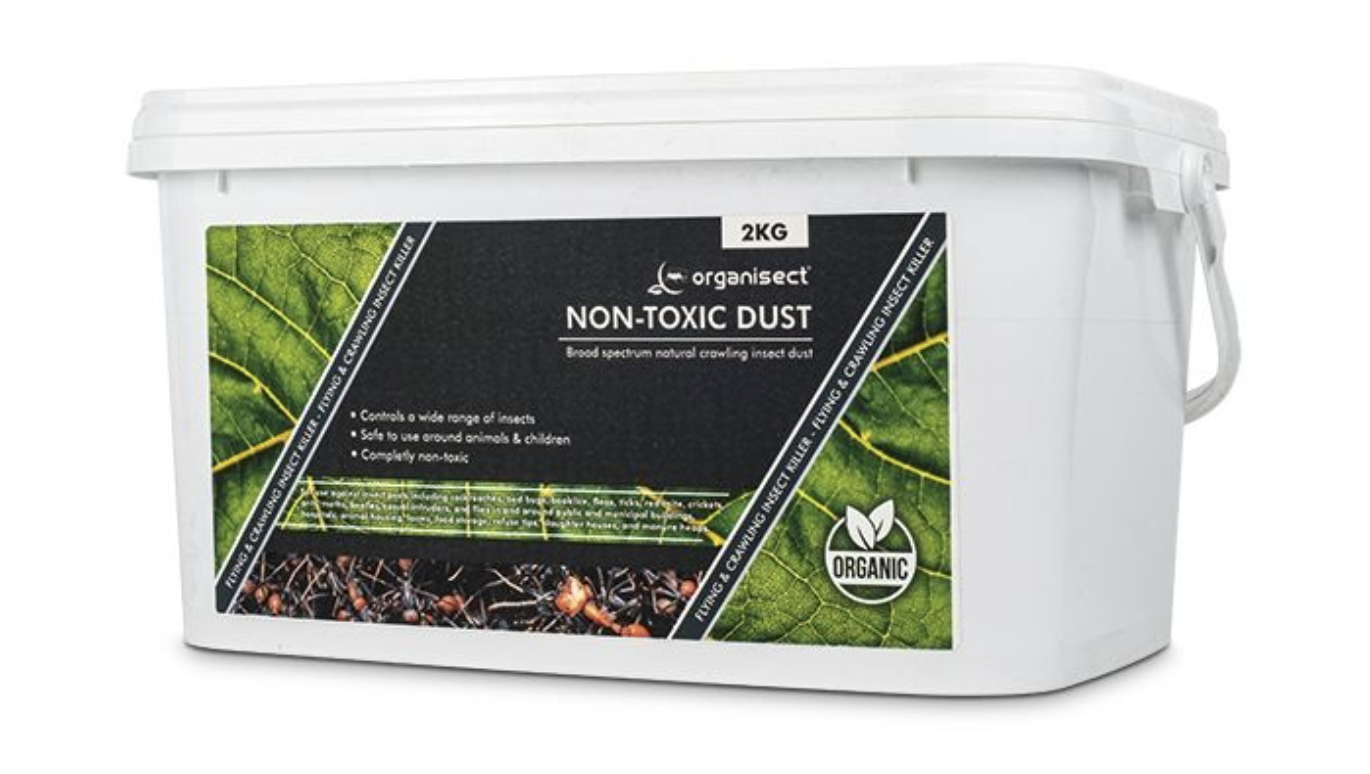Firebrat (Thermobia domestica)
Firebrat (Thermobia domestica)
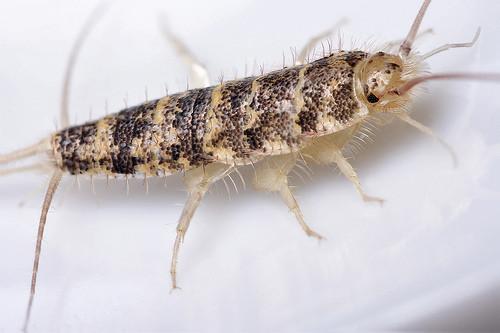 |
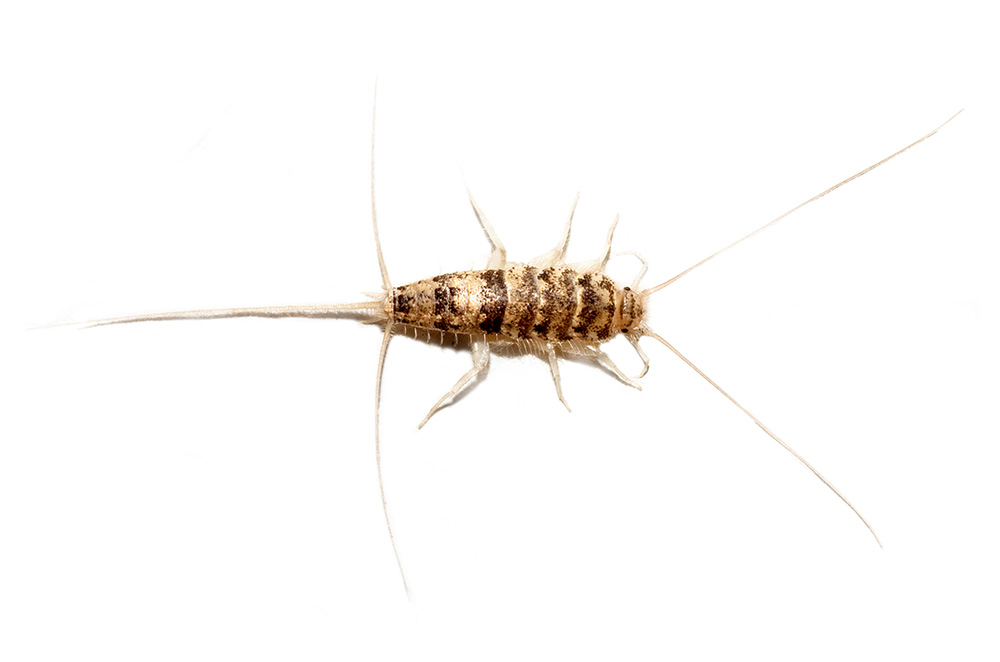 |
Identification:
An adult is 7 to 20mm in length and is grey in colour with a dark structure on its body. At the head it has two long antennae and at the abdomen three long appendages. The firebrat is often confused with the silverfish because they look very much alike. Very similar to silverfish, except: Silverfish live and develop in damp, cool places such as basements and laundry rooms. Firebrats live in hot, humid places such as attics in the summer and near ovens, fireplaces and central heating pipes in winter
Biology:
Adults lay eggs in small groups containing up to 50 eggs. The eggs are very small and deposited in cracks and crevices. A female normally lays less than 100 eggs during her life. Under ideal conditions, the eggs hatch in two weeks, but may take up to two months to hatch. The young nymphs are very much like the adults except for size. Several years are required before they are sexually mature, and they must mate after each moult if viable eggs are to be produced. Populations do not build up rapidly because of their slow development rate and the small number of eggs laid. A large infestation usually means the house has been infested for some time The average life is 2.5 to 3 years, and during the adult stage the insect still moults.
Control:
These insects may be controlled by insecticide sprays or dusts labelled for the control of crawling insects. The insecticide should be blown or brushed into crevices, e.g. behind skirting boards, cupboards, etc. Aerosol sprays for the control of crawling insects are suitable for small infestations. Remove old boxes and stacks of papers, magazines, books and fabrics. Reducing available water and lowering the humidity with dehumidifiers and fans or by increasing ventilation can help. Repair leaking plumbing and make sure areas such as kitchens, bathrooms and laundry rooms are well ventilated.
Products to control Firebrat:
|
Vulcan P5 DP Dust (3kg) |
Cimetrol Super RFU (300ml) |
Organisect Non-toxic Dust (2kg) |

